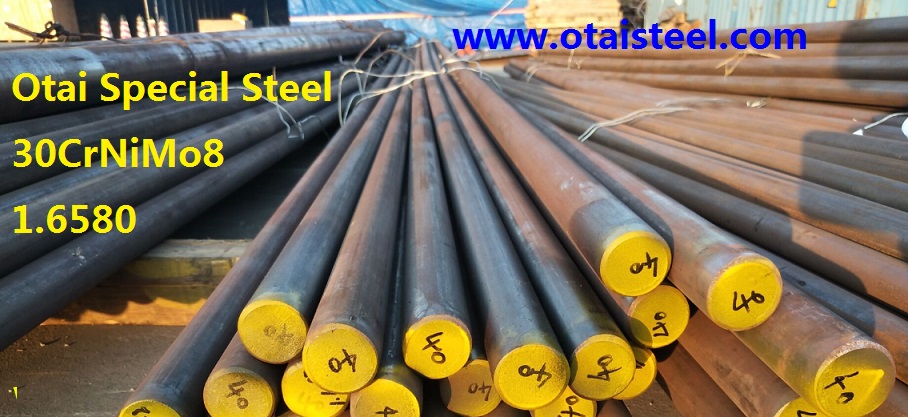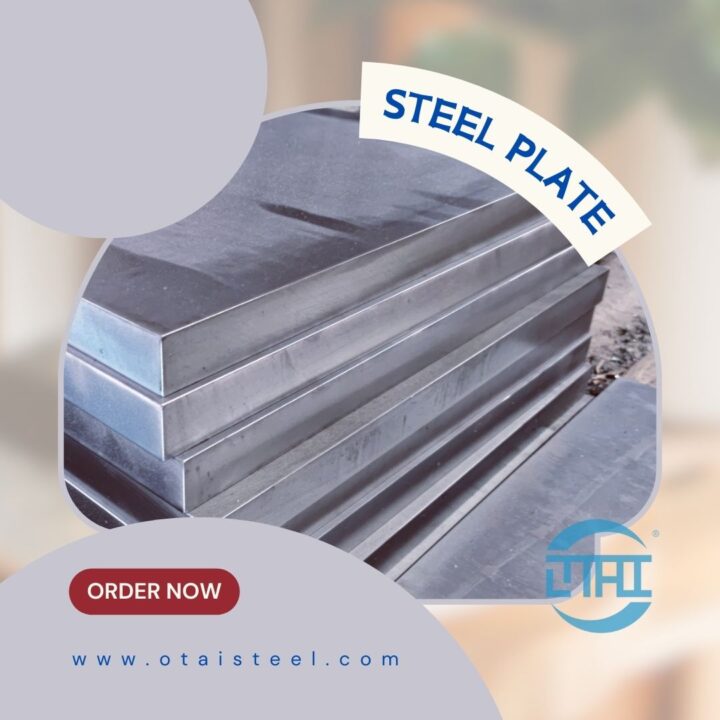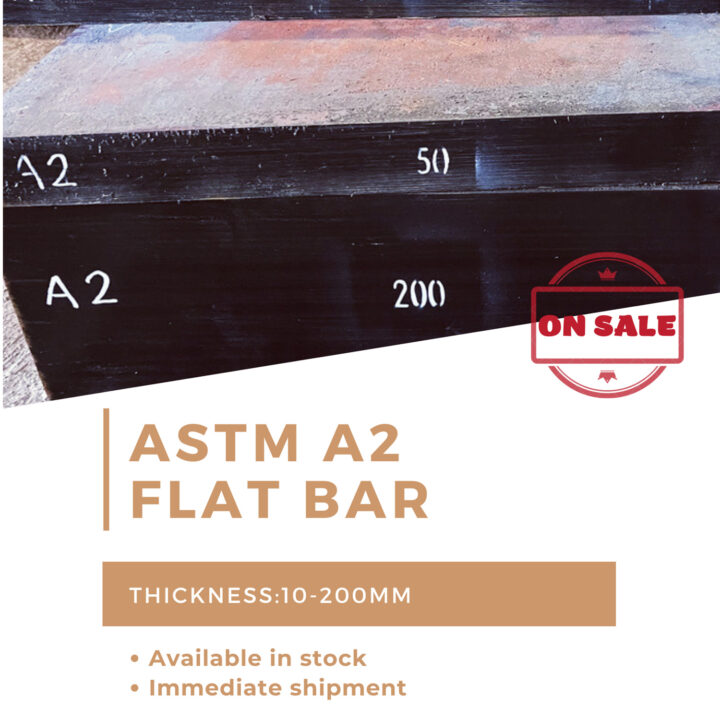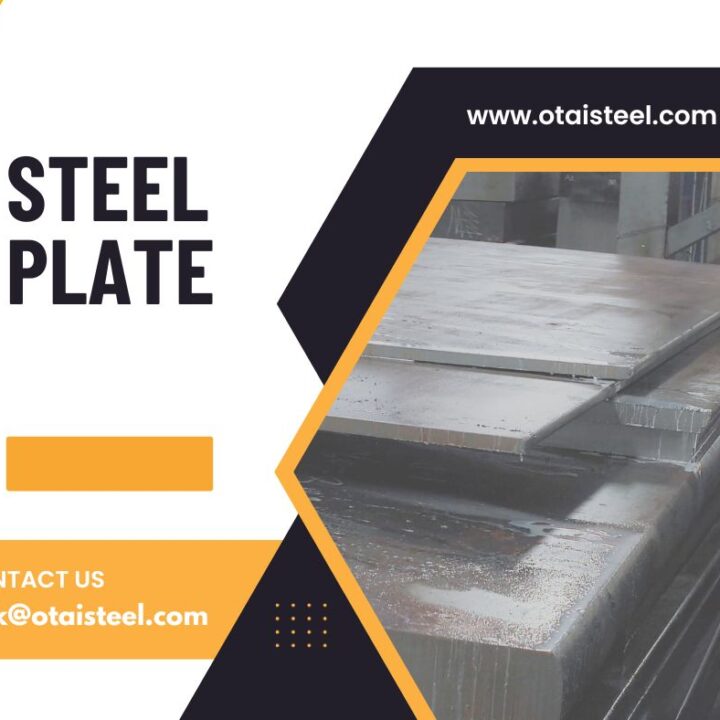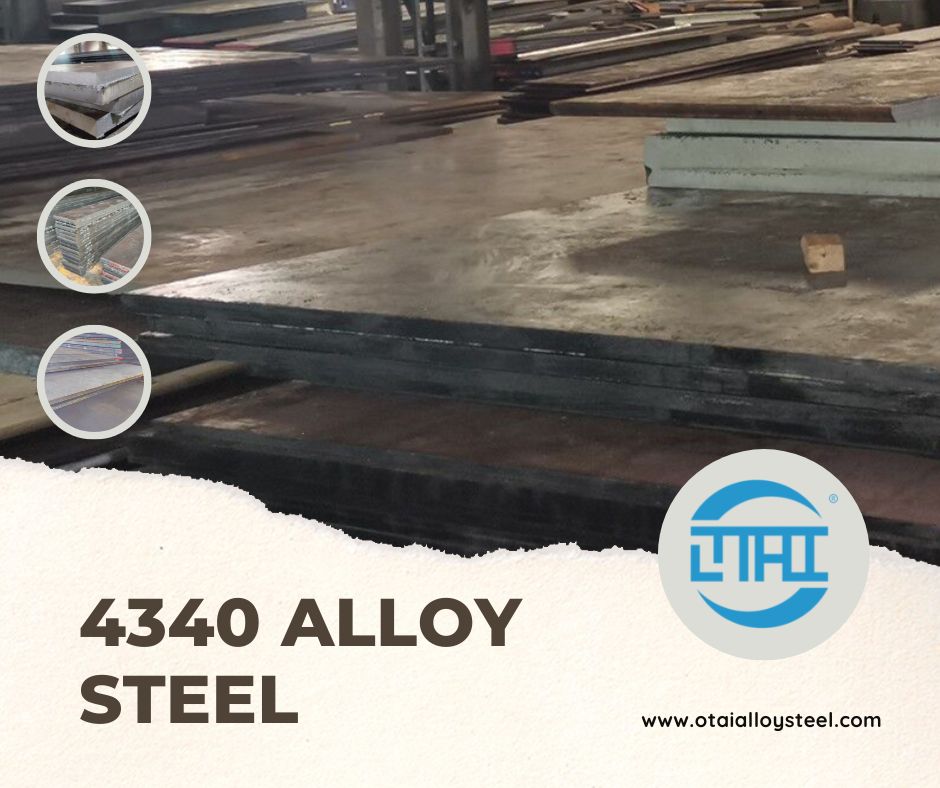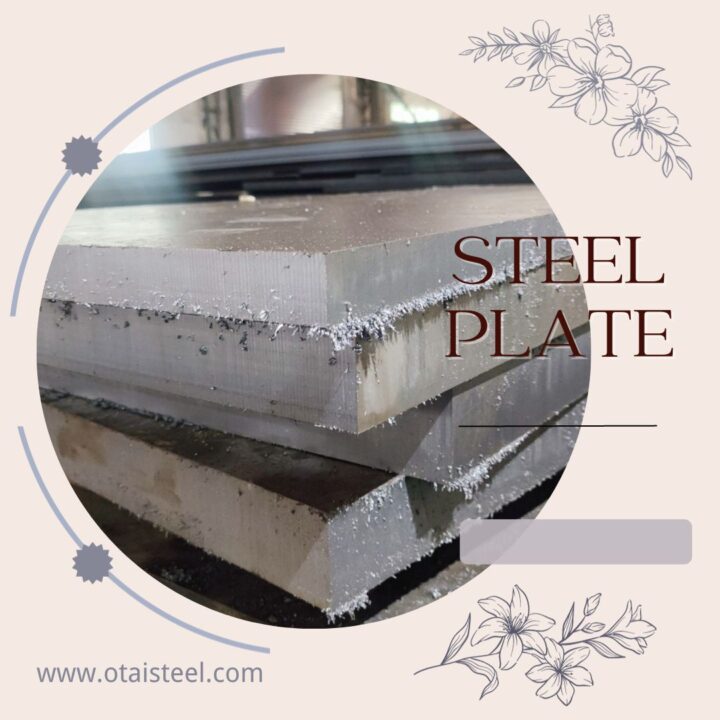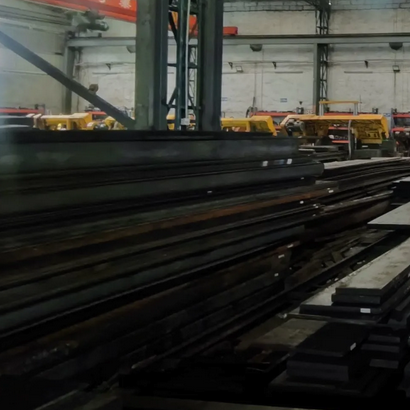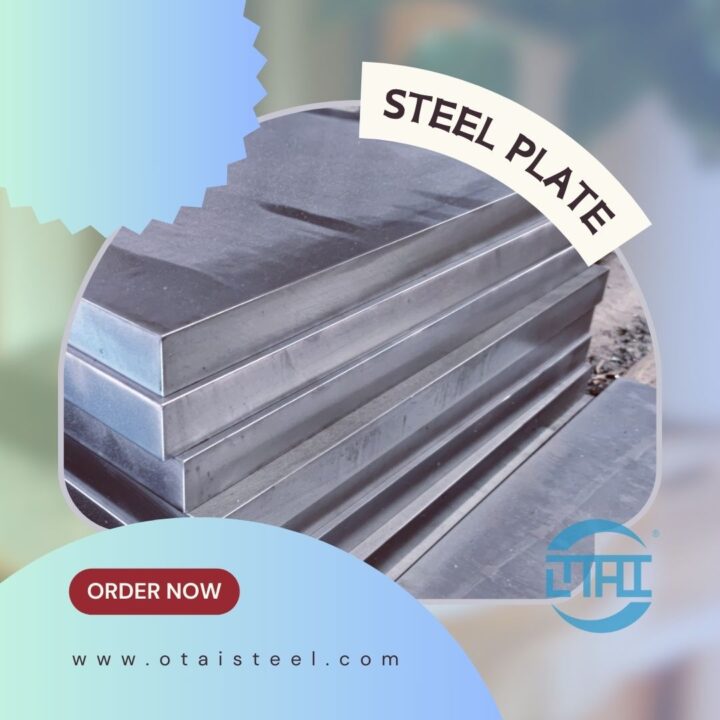4340 steel is a popular alloy known for its excellent strength, toughness, and wear resistance. However, like any material, it is susceptible to failure under certain conditions. Understanding the common failure modes and their underlying causes is crucial for ensuring the reliability and performance of 4340 steel components.
Common Failure Modes in 4340 Steel Components
- Fatigue Failure
Fatigue failure is one of the most common failure modes in 4340 steel components. It occurs when the material experiences repeated loading and unloading, leading to the initiation and propagation of cracks over time. Factors such as cyclic stress levels, surface conditions, and the presence of stress concentrations influence the fatigue life of 4340 steel components.
- Fracture Failure
Fracture failure refers to the sudden separation of a component into two or more pieces. This type of failure can occur due to excessive loads, structural weaknesses, or the presence of pre-existing cracks or defects. In 4340 steel components, fracture failures may manifest as ductile fractures or brittle fractures, depending on the loading conditions and the material’s properties.
- Wear and Erosion Failure
Wear and erosion failures occur when 4340 steel components undergo frictional contact or exposure to abrasive particles, leading to material loss and degradation. This type of failure is particularly relevant in applications where components experience sliding, rolling, or impacting motions. Insufficient hardness, inadequate lubrication, or the presence of contaminants can accelerate wear and erosion in 4340 steel components.
- Corrosion Failure
Corrosion failure arises when 4340 steel components are exposed to corrosive environments, such as moisture, chemicals, or saltwater. Corrosion can lead to the degradation of the material, weakening its structure and compromising its mechanical properties. Pitting, rusting, or surface discoloration are common signs of corrosion in 4340 steel components.
Causes of Failure
Understanding the causes behind failure modes in 4340 steel components is essential for implementing effective preventive measures. Several factors can contribute to component failure:
- Improper Material Selection
Selecting an inappropriate grade or quality of 4340 steel for a specific application can lead to premature failure. Factors such as required strength, toughness, and corrosion resistance should be carefully considered during material selection to ensure compatibility with the operating conditions.
- Inadequate Heat Treatment
Improper heat treatment processes can significantly impact the mechanical properties and performance of 4340 steel components. Insufficient or excessive heat treatment can result in inadequate hardness, improper microstructure, or residual stresses, all of which can compromise the component’s integrity and increase the risk of failure.
- Design Flaws
Design flaws, such as inadequate load-bearing capacity, stress concentration points, or insufficient fillets and radii, can create weak points in 4340 steel components. Improper design practices can lead to excessive stress concentrations, which promote crack initiation and propagation, ultimately resulting in failure.
- Manufacturing Defects
Manufacturing defects, such as material contamination, improper machining, or inadequate surface finish, can introduce vulnerabilities in 4340 steel components. These defects can serve as stress raisers or initiation sites for cracks, significantly reducing the component’s fatigue life and increasing the likelihood of failure.
Prevention and Mitigation Strategies
To mitigate the risk of failure in 4340 steel components, several strategies can be implemented:
- Proper Material Selection
Thoroughly evaluate the specific requirements of the application and select the appropriate grade of 4340 steel with suitable properties, ensuring compatibility with the operating conditions and expected loads.
- Optimal Heat Treatment
Adhere to proper heat treatment procedures, including quenching, tempering, and annealing, to achieve the desired mechanical properties and microstructure. Consult industry standards and guidelines for recommended heat treatment parameters.
- Robust Design Practices
Implement robust design practices that consider factors such as load distribution, stress concentrations, fatigue life, and potential failure modes. Utilize techniques like finite element analysis (FEA) to identify critical areas and optimize the design for enhanced reliability.
- Quality Control Measures
Employ stringent quality control measures throughout the manufacturing process to identify and mitigate potential defects. This includes material inspection, non-destructive testing, dimensional checks, and surface finish evaluations to ensure component integrity.
By implementing proper material selection, optimal heat treatment, robust design practices, and rigorous quality control measures, the risk of failure can be significantly mitigated, enhancing the overall performance and durability of 4340 steel components.
